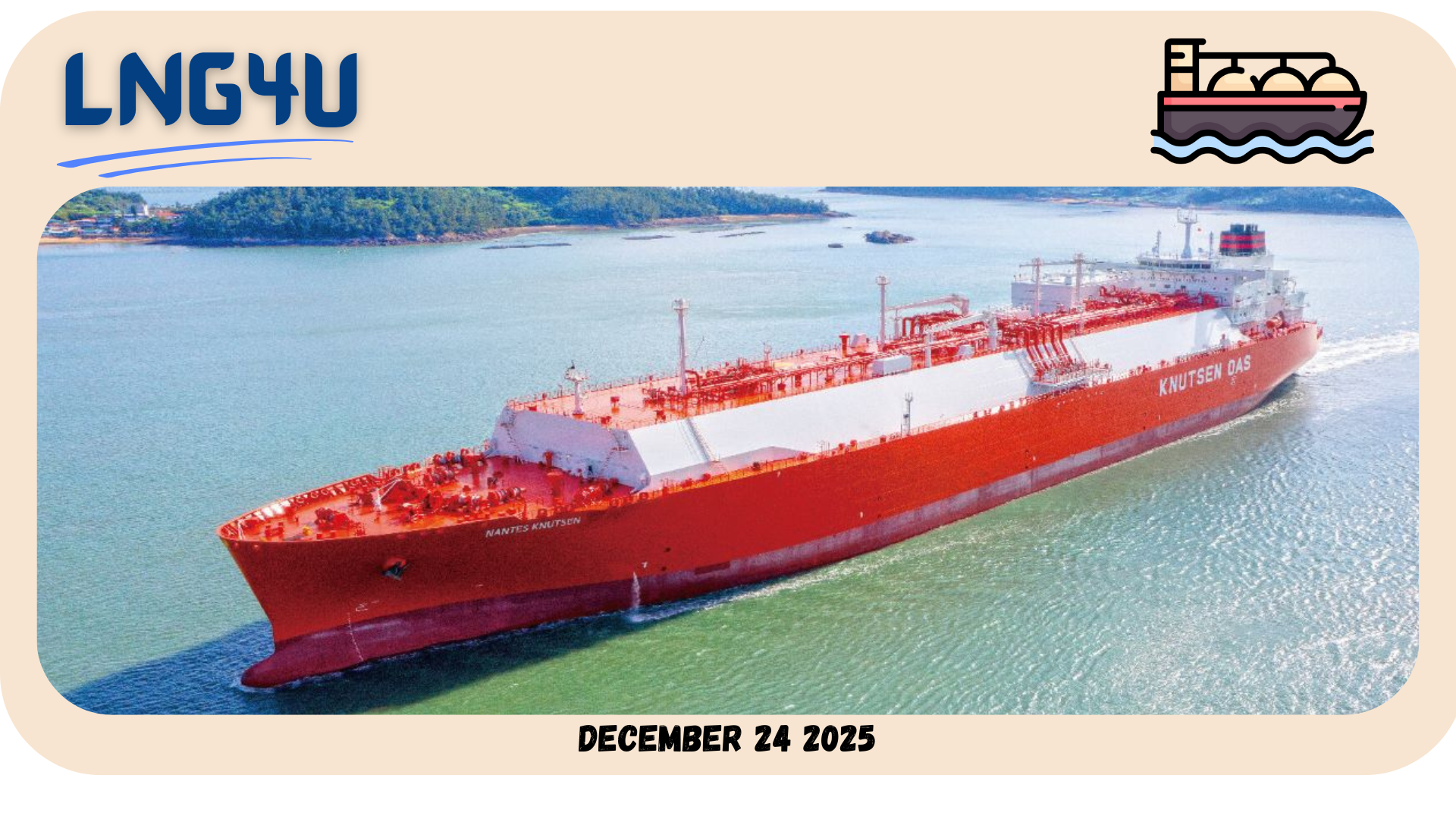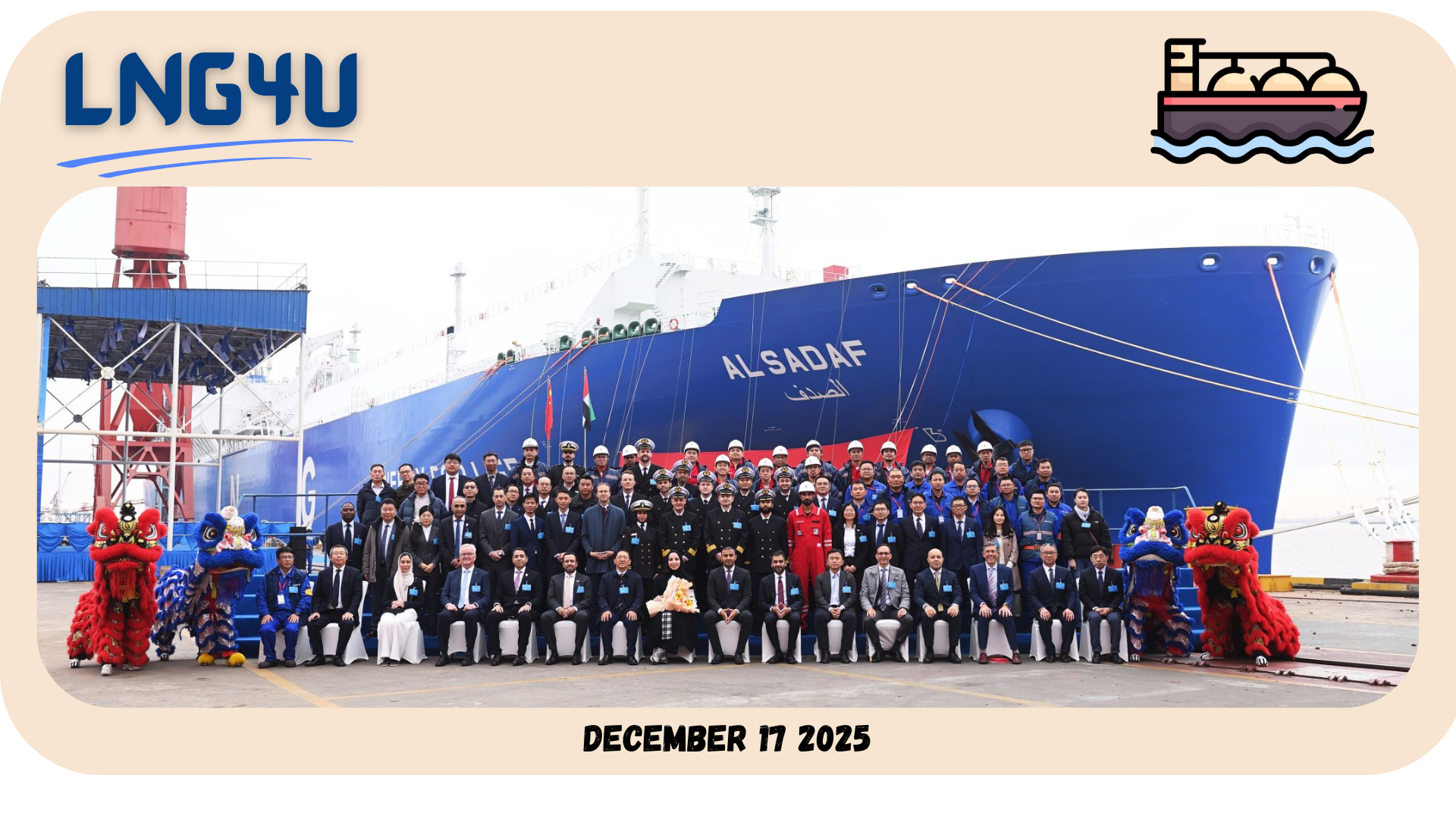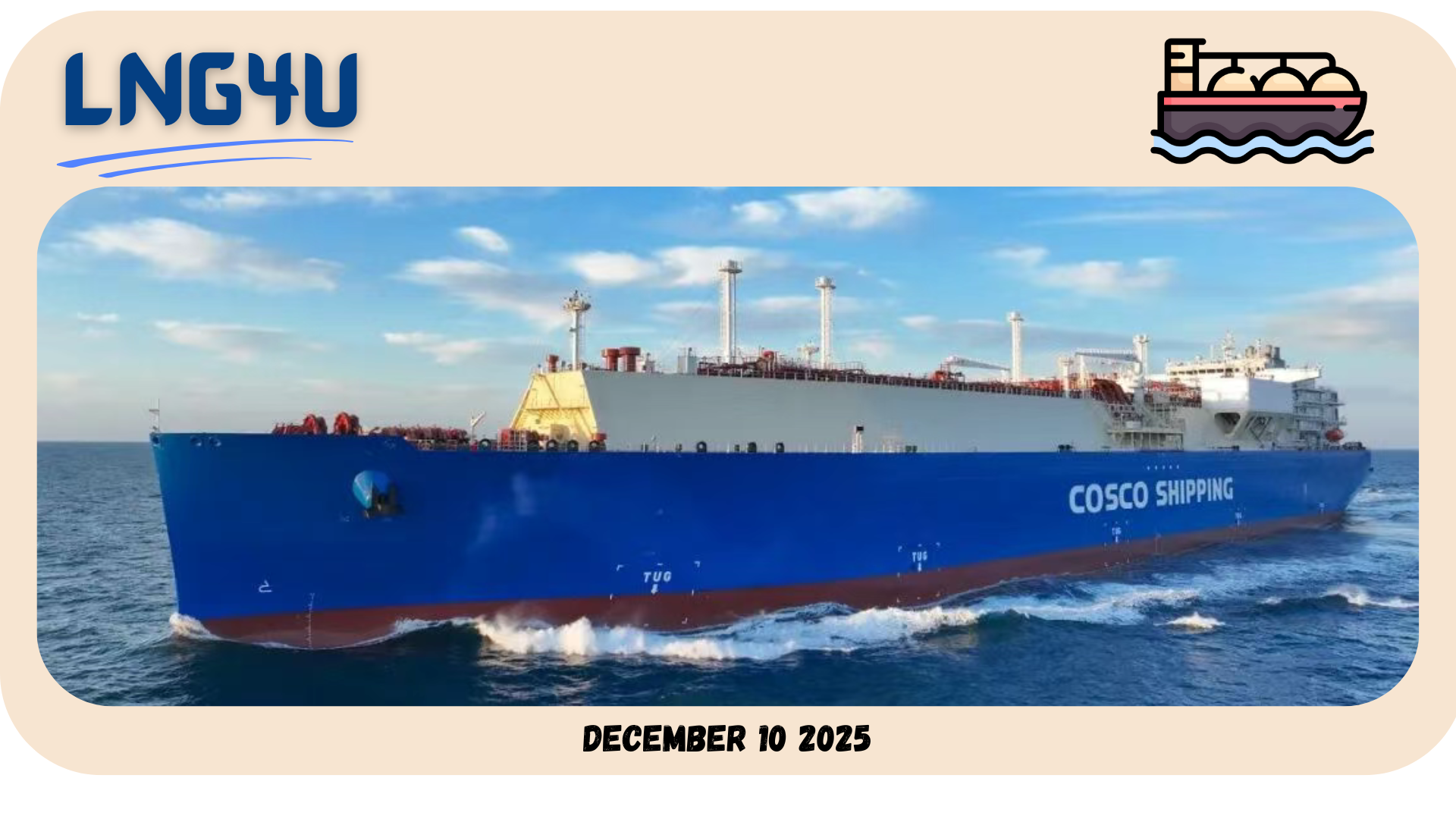
Welcome back to LNG4U — your shortcut to what matters in the LNG world.
We kick off with a sharp insight to keep you a step ahead 🎓, then dive into the key moves making waves — from price pulses 💰 to major offshore shakeups 🚢. Fast reads, real signals. Let’s dive in.
🎓 LNGKnowledge
Which pumps are used for LNG powered vessels ❓
The pumps are of the Submerged motor type, with the motor windings cooled by the pumped LNG 💧. The LNG also lubricates and cools the pump and motor bearings. As the LNG serves as the lubricant and the coolant 🔵, it is critically important for the pump that the following operational procedure is strictly adhered to 📝.
Submerged motor pumps are installed at the bottom ⬇ of LNG tanks and enable very low pump down levels can be achieved.
The pump and electric motor are integrally mounted on the same shaft , which eliminates the need for a mechanical seal or coupling 🚫. Power is supplied to the motor through specially sheathed cables. Electrical cabling is passed through a hazardous area junction box in the tank dome and then, by flexible stainless steel armoured insulated power cables 🚧, to the motor terminals.
The pumps are cooled and lubricated by LNG flow and are easy to damage due to loss of flow. Therefore, the pump is protected from dry running by safety devices such as an undercurrent relay, a low discharge pressure switch or a low tank level switch 🚨.

Source : FGSS manual
Operating Temp : -163°C
Capacity (LNG) : 24.0 m3/h
Disch. Pressure : 10.9 bar
NPSH-R : 2.4 m
Number of Stages : 2 stage,
Pump Speed : 6,550 RPM (102 Hz)
Motor Data : 460 VAC / 32.8 kW / 60 Hz / 3 Phase / 2 Pole


